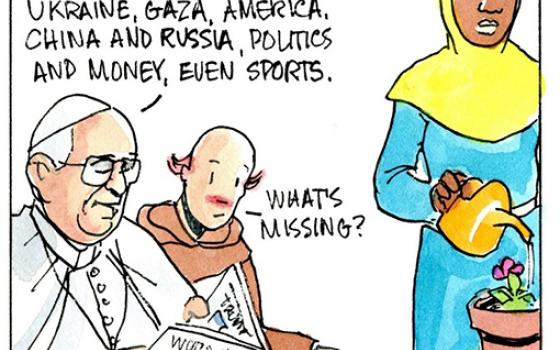This was written by Hal Borland, nature columnist for many years for The New York Times.
Chicory is in blossom at the roadsides and in neglected fields, in vacant city lots everywhere. It's one of the few wildlings of the season that have a color to match the July sky. Chicory bloom is one of the warmest blues on the  rural landscape, and the individual flowers are as big as silver dollars, big as the field daisies that always seem to be near neighbors. In fact, some call it the blue daisy. Others know it as blue sailors, or succory, or coffee weed.
rural landscape, and the individual flowers are as big as silver dollars, big as the field daisies that always seem to be near neighbors. In fact, some call it the blue daisy. Others know it as blue sailors, or succory, or coffee weed.
Like so many other roadside weeds, chicory is an immigrant. But it came from Europe as a cultivated plant, not as an unwanted invader. Abroad it is grown for its flowers, for its foliage, and for its roots. Young, the leaves are salad fare; and with reason, for i's close kin to the endive in our gardens. Older, the leaves and stems make satisfactory forage for cattle and are cut for hay in Europe. The dried roots are used, particularly in France, as a substitute or adulterant for coffee. Where the plant came from originally is not known. Perhaps from Egypt or Arabia.
But here is is now, tall, sparse-leafed, deep-rooted and beautiful with those big blue flowers. It consorts with thistles. It prefers a sandy, lime-rich soil. It endures drought and seems to thrive in the July heat. It is as bright as a summer morning, generous as July itself. But only on sunny days. On gray or rainy days the blossoms refuse to open. They wait for sunshine and a clear sky, a blue sky to match their own eye-catching color.
-- from Hal Borland's Twelve Moons of the Year, Knopf.


